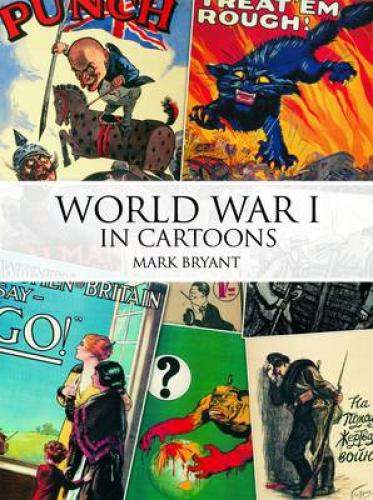I’ve always been a big lover of cartoons and, indeed, there was a time when I nearly got myself a career drawing for a newspaper, but it didn’t work out and I decided to concentrate on photography. I often wonder whether I made the right decision.
Cartoons are powerful things and can express so much. The skill of the artists is something I genuinely admire but the other essential is the punch line and I know from experience that there are days when the drawing is fab but the joke is rubbish and vice-versa. Getting it all together is a particular skill it takes either a natural gift or a great deal of practice to be consistent at.
The word cartoon is derived from the Italian cartone meaning paper or card and the word we know originally referred to preliminary versions of works of art until the term found it’s modern idiom in the London newspaper world of the mid 19th century.
When you look at cartoons from that era it is a long way from the styles and humour we see today or even those that were prevalent fifty years ago. The cartoons of the Great War era are on the cusp of the kind of stylistic changes leading to the modern form and some of the meaning is a little lost. We all know things were much different in those days with attitudes to modesty and reverence for institutions that have completely vanished today.
This excellent book by Dr Mark Bryant brings us a wide selection of cartoons from the Great War. We see familiar figures from the great Captain Bruce Bairnsfather and the German Simplicissimus works. I am lucky to possess some original Flemish magazines from the period filled with intensely dark but beautifully presented impressions of German barbarity which look like they come straight from a modern graphic novel.
Cartoons were pure propaganda and some of the work became currency. Perhaps the best example being Alfred Leete’s caricature of Lord Kitchener that became the classic recruiting poster of the war. With his moustache, his dodgy arm and a penchant for uniforms, Kaiser Wilhelm was a gift for cartoonists and is known to have been impressed with some of the satirical artworks produced by his enemies. The collection in this book cannot help but drift into the world of poster art where some of the work produced in Russia and France is stunning. The beginnings of modern American styles can also be seen.
This book accompanies a separate volume on cartoons of World War II when things had progressed immensely given the rise of animation and other mediums. It was first published in 2006. Bringing it out now in softback is a no brainer for the publisher.
As we know, the history of wars is not all about battles and armaments. All sides used cartoons as a weapon of war to embolden their people by positive and negative means. Nothing much has changed in this respect, as we have seen from the work done about conflicts we know today. But the structure of society has changed immensely, especially in the west, and a superb book like this takes us back to when those changes began to have an impact. The collective experience of the Great War changed a lot of things, even cartoons. Fascinating stuff.
WORLD WAR I IN CARTOONS
By Mark Bryant
Grub Street
ISBN: 978 1 909808 09 6
Reviewed by Mark Barnes for War History Online
